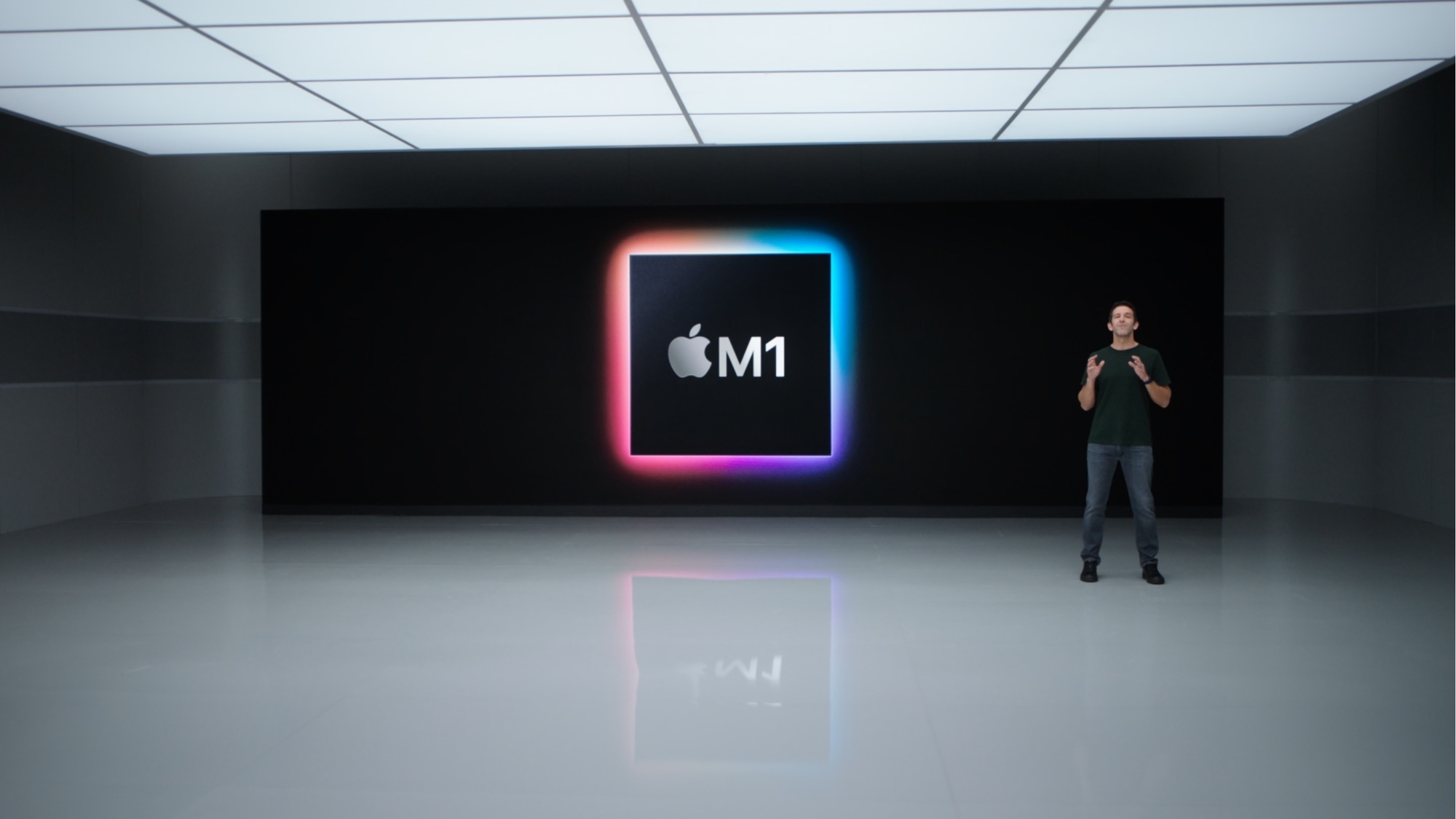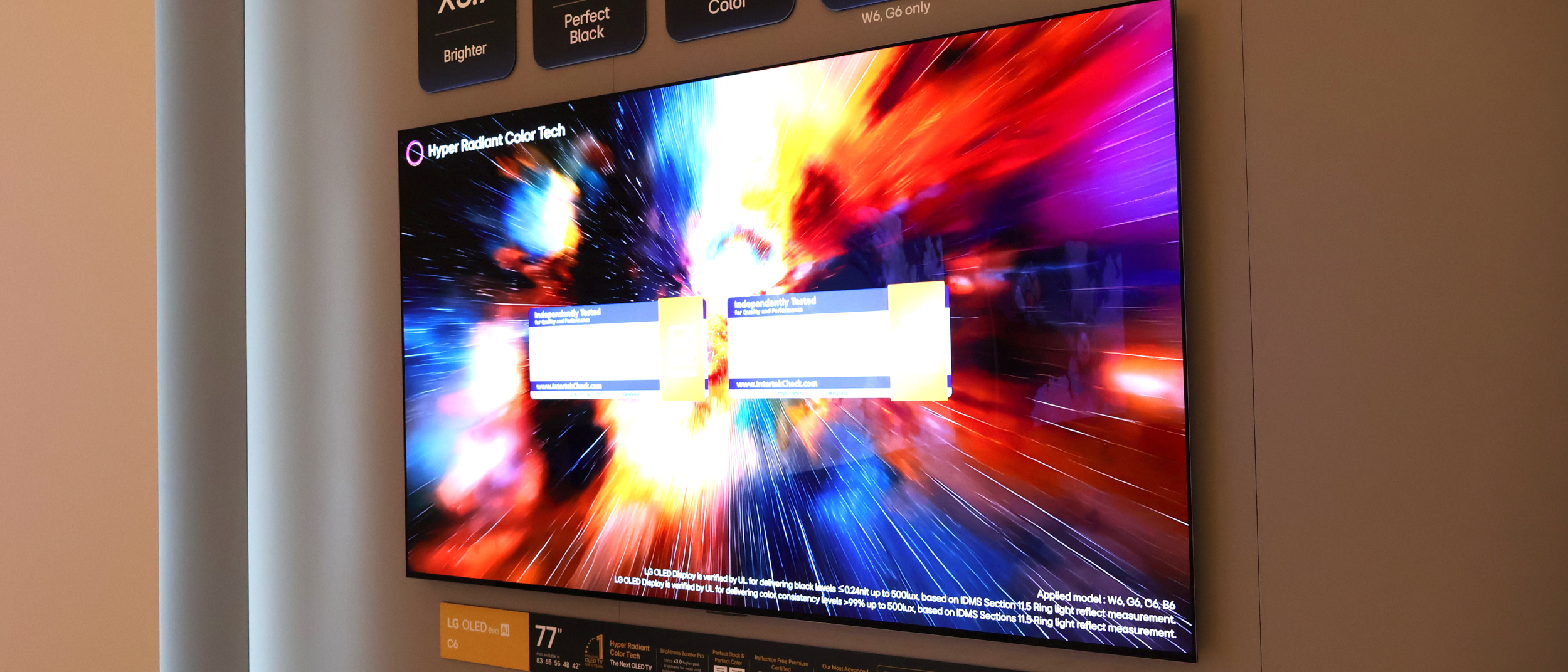Apple Silicon M1 MacBooks 'very capable' of running Windows — but there's a catch
The new Apple Silicon Macs can run Windows, but it requires Microsoft's cooperation

Apple Silicon M1 powered Macs are here, and early reviews of the MacBook Air with M1 are very positive, with benchmarks matching everything Apple promised at the launch.
But there is a drawback for those not completely ensconced in the macOS ecosystem: Windows support via Bootcamp has gone.
- MacBook Air vs Pro: What's right for you?
- MacBook Air 2020 review
- Just in: MacBook Air M1 vs Dell XPS 13 — we have a winner
That’s thanks to a licensing issue, with Microsoft only allowing OEMs, rather than consumers, to install Windows 10 for ARM. When asked if this might change, the company would only tell The Verge that it has “nothing further to share at this time,” which doesn’t sound hugely promising.
Now Apple has made it quite clear that when it comes to future Windows support on Apple Silicon Macs, the ball is firmly in Microsoft’s court. “That is really up to Microsoft,” Craig Federighi, Apple’s senior vice president of software engineering, told Ars Technica.
“We have the core technologies for them to do that, to run their ARM version of Windows, which in turn of course supports x86 user mode applications,” he continued. “But that's a decision Microsoft has to make, to bring to license that technology for users to run on these Macs. But the Macs are certainly very capable of it.”
If you can’t live without Windows on your Mac, the good news is that Apple has no plans to abandon support for its existing Intel based hardware. “From a software point of view, we haven't created a branch of macOS,” Federighi explained. “There's not the version of macOS for M1-based Macs and a different version of macOS for intel. They're literally the same installer. It's the same source tree. It's the same OS we're building every night. It's a single project, and that will continue to be the case."
In other words, any macOS update will work on both systems. “If you buy an Intel Mac today, or if you already own one, you're going to continue – just as you would have expected – getting free macOS upgrades for years to come,” he added.
Get instant access to breaking news, the hottest reviews, great deals and helpful tips.
The interview also covers the genesis of Apple Silicon and how it came about. One interesting tidbit, for example, is that Apple was never considering simply transplanting the chipset used in iPhones and iPads to Mac. “The M1 is essentially a superset, if you want to think of it relative to A14,” Federighi said. Computer-specific features like Thunderbolt, external displays and better GPUs needed something bespoke.
“There are many, many capabilities we engineered into M1 that were requirements for the Mac, but those are all superset capabilities relative to what an app that was compiled for the iPhone would expect.”
You can read the full interview with Federighi, Greg Joswiak and Johny Srouji at Ars Technica.
Freelance contributor Alan has been writing about tech for over a decade, covering phones, drones and everything in between. Previously Deputy Editor of tech site Alphr, his words are found all over the web and in the occasional magazine too. When not weighing up the pros and cons of the latest smartwatch, you'll probably find him tackling his ever-growing games backlog. He also handles all the Wordle coverage on Tom's Guide and has been playing the addictive NYT game for the last several years in an effort to keep his streak forever intact.

